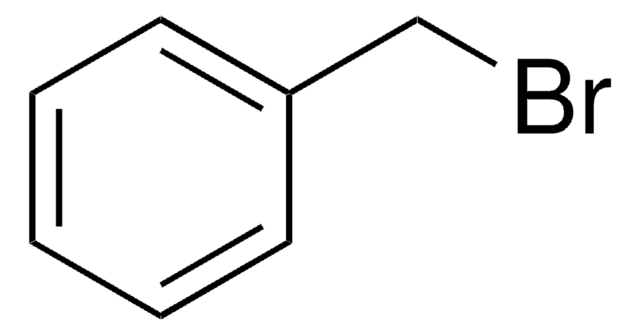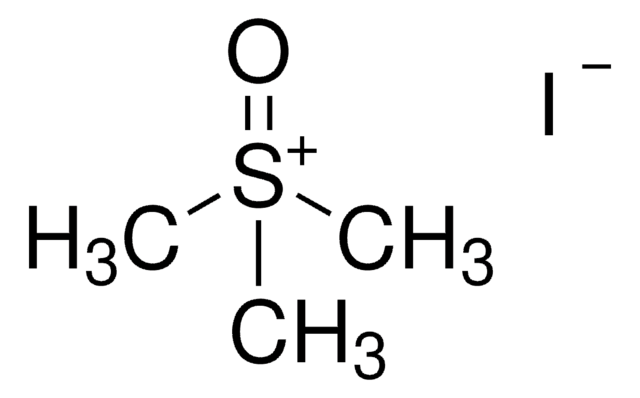452912
Sodium hydride
60 % dispersion in mineral oil
Synonyme(s) :
Sodium monohydride
About This Item
Produits recommandés
Forme
powder (moist, paste-like)
Niveau de qualité
Pertinence de la réaction
reagent type: reductant
Caractéristiques du produit alternatif plus écologique
Design for Energy Efficiency
Learn more about the Principles of Green Chemistry.
sustainability
Greener Alternative Product
Concentration
60 % dispersion in mineral oil
Pf
800 °C (dec.) (lit.)
Autre catégorie plus écologique
Chaîne SMILES
[Na]
InChI
1S/Na.H
Clé InChI
MPMYQQHEHYDOCL-UHFFFAOYSA-N
Vous recherchez des produits similaires ? Visite Guide de comparaison des produits
Description générale
Application
- preparation of a plasticizer for the formation of a solid polymer electrolyte (SPE) for optoelectronic application
- synthesis of heteroaryl thioethers, the common constituents in therapeutic compounds
- preparation of sodium aluminum hydride (NaAlH4), which can be used as a hydrogen storage material(3)
- a base and a reducing agent for the deprotonation of alcohols, phenols, amides, ketones, and different functional groups(4)
- for potential usage in thermal energy storage(5)
Mention d'avertissement
Danger
Mentions de danger
Conseils de prudence
Classification des risques
Eye Dam. 1 - Flam. Sol. 1 - Met. Corr. 1 - Skin Corr. 1A - Water-react 1
Code de la classe de stockage
4.3 - Hazardous materials which set free flammable gases upon contact with water
Classe de danger pour l'eau (WGK)
WGK 1
Point d'éclair (°F)
Not applicable
Point d'éclair (°C)
Not applicable
Faites votre choix parmi les versions les plus récentes :
Déjà en possession de ce produit ?
Retrouvez la documentation relative aux produits que vous avez récemment achetés dans la Bibliothèque de documents.
Les clients ont également consulté
Notre équipe de scientifiques dispose d'une expérience dans tous les secteurs de la recherche, notamment en sciences de la vie, science des matériaux, synthèse chimique, chromatographie, analyse et dans de nombreux autres domaines..
Contacter notre Service technique












